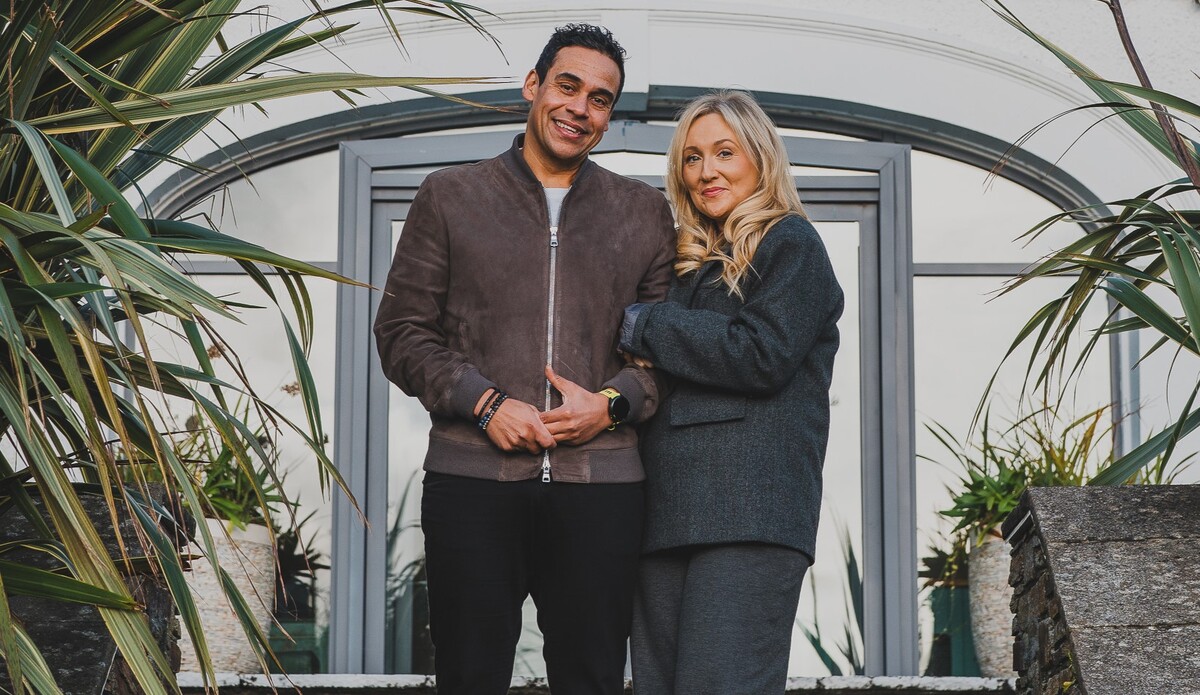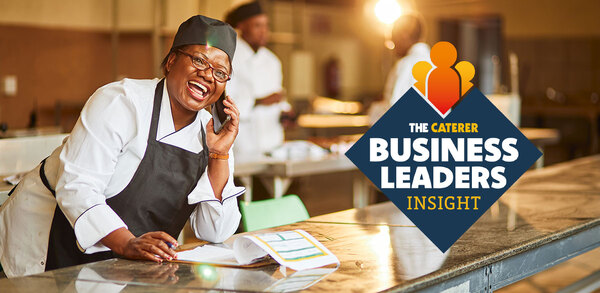Viewpoint: It’s time to join the rat race
What are the trends for the Year of the Rat? Say hello to technology and flexitarianism and goodbye to meat, says Catherine Hinchcliff
While the rat may not be considered auspicious by many caterers, to the Chinese, it is the first of all zodiac animals, seen as an adventurous and shrewd animal with spirit, wit, imagination, flexibility and vitality. The 2020 Year of the Rat marks new beginnings, so what could it bring in terms of food trends?
The fastest-growing international cuisines over the next three to five years are predicted to include global/fusion, barbecue and North American, Japanese, Latin/South American, Korean and Mexican.
The number of flexitarians in the UK continues to rise, with one-third reducing the meat and fish that they eat compared with two years ago, and this trend promises to continue, with a further third planning to reduce their consumption even more in the coming two years, according to the Waitrose Food & Drink Report 2019.
Menus therefore need to provide mouth-watering meat-free options that are kind to the environment if they are to attract a now significant element of the dining population.
Consumer consciousness of health is very much on the rise, reflected in healthier lifestyle and food choices, particularly plant-based diets. Diners are looking for higher levels of nutrition, adding more vegetables and fibre to their diets, reducing meat intake as well as sugar, salt and fat. Tuning into this trend means offering more choice and innovation, for example with new plant-based proteins and vegan twists on classic dishes, such as banana blossom used in a fish-free version of fish and chips.
Meanwhile, as we have ever-busier and more cluttered lives, many of us place a higher value on experience over materialism. Diners are looking for an immersive experience, and that’s becoming as important as the quality of the food itself. Catering is becoming theatre in many ways, with chef’s tables and open kitchens featuring more, along with greater interaction between diner and chefs and a focus on stimulation of the senses: aroma, music, visual impact and ambience all aligned with the way the food is cooked and presented.
Over the past two years we’ve seen shrewd investment in technology that has arguably helped to drive market growth in recent years. The Caterer Business Leaders Report 2019 found that 51% of operators plan to increase investment in tech to offer diners more ways to pay and easier order placement. Many businesses, though, are not confident of their competence, with 34% rating themselves behind the market in technological innovation.
Technology could help us plug the skill and resource gaps in our industry, enable businesses to redirect employees to less tedious, more strategic and creative roles, and, in the future, facilitate lower cost travel for consumers, which in turn will boost the hospitality sector.
While the opportunities seem compelling, we must also remember the vital role people and culture play in delivering a great customer experience and balance our fascination with tech with shrewd investment in our service offer through better staff training, employee engagement and diner experience.
Catherine Hinchcliff is head of marketing and insights at Bidfood



















